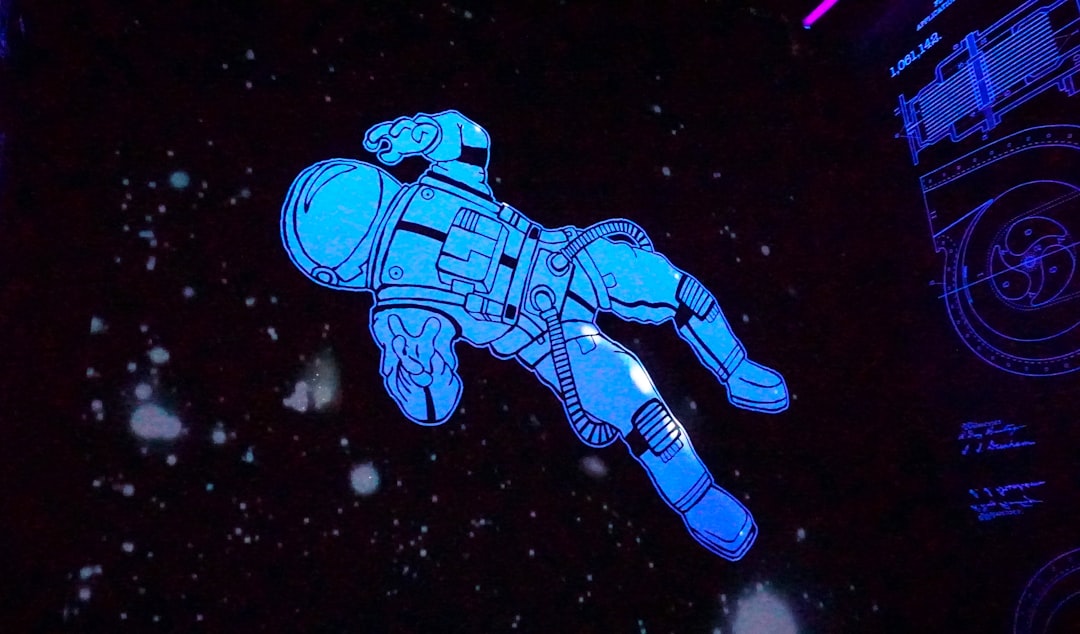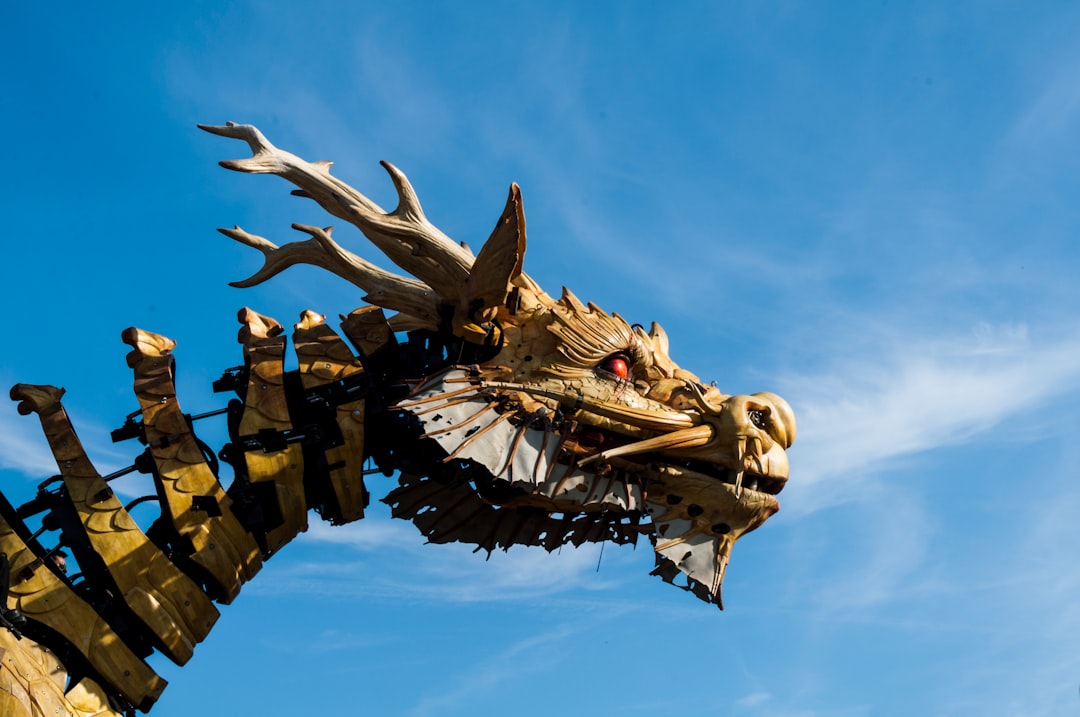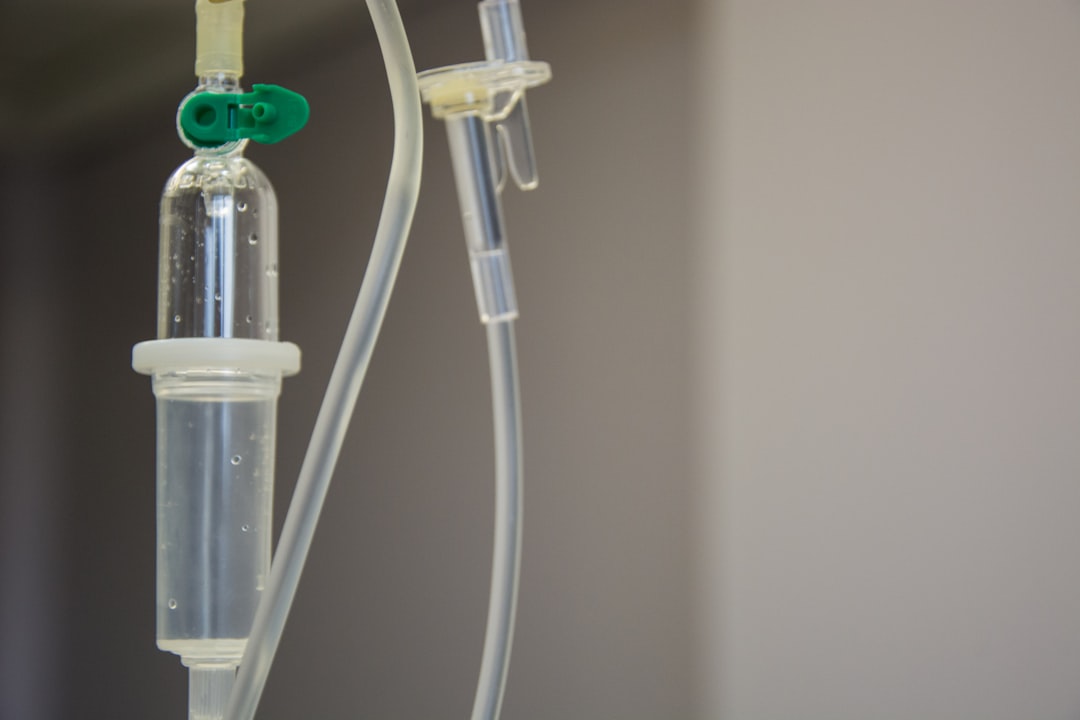Home Sweet Gravity: The Astronaut’s Return to Earth
Overview of Astronauts’ Return After 9 Months in Space
NASA astronauts Suni Williams and Barry “Butch” Wilmore recently completed a remarkable nine-month mission aboard the International Space Station (ISS). Originally planned for a significantly shorter duration, the mission faced considerable challenges due to technical issues with their spacecraft, Boeing’s Starliner. Additional delays heightened the importance of their return, as the astronauts were able to conduct a wide array of scientific research, contributing around 900 hours to experiments in microgravity. Their mission emphasizes not only the technical complexities of space travel but also the human spirit’s resilience in overcoming obstacles.
The significance of this mission extends beyond the individual experiences of the astronauts. It symbolizes humanity’s ongoing quest for knowledge and exploration as we push the boundaries of what is possible in space. International collaboration was a fundamental aspect of this mission, showcasing how countries can unite for a common goal in the pursuit of scientific discovery. As we venture deeper into space, understanding the effects of long-duration space travel on human health becomes essential, especially for future missions targeting Mars and beyond.
Mission Objectives and Achievements
The mission had clearly defined objectives, focusing on conducting specific experiments that could only be performed within the microgravity environment of the ISS. This particular mission allowed astronauts to collaborate with various international partners, enhancing the global effort in space exploration and research. Their comprehensive approach included over 150 individual experiments, covering diverse fields such as biology, materials science, and physical sciences. For instance, one notable experiment examined how microgravity affects the growth of protein crystals, which has implications for drug development on Earth.
These achievements are not merely academic; they play a pivotal role in advancing human space exploration goals. By gathering data on how different materials behave in microgravity, scientists can develop better technologies for future missions. The astronauts’ findings will inform strategies on how to support human life during prolonged space travel, thereby facilitating safer and more efficient missions to destinations like Mars. The mission’s success lays a strong foundation for future research endeavors and the continued evolution of space exploration strategies.
Physical Effects of Long-Term Space Travel
Long-term space travel presents numerous challenges to the physical health of astronauts. One major concern is muscle atrophy, where astronauts can lose up to one-third of their muscle mass within just two weeks of being in microgravity. This loss is particularly concerning as astronauts rely on their physical strength for various tasks, both during their missions and upon their return to Earth. Bone density is another critical issue, with astronauts experiencing a monthly decrease in bone mineral density of 1% to 1.5%, which raises the risk of osteoporosis and fractures in the long term.
Furthermore, astronauts also experience changes in vision due to fluid shifts within their bodies, which can lead to structural changes in the eyes and brain. This can cause visual impairments that may persist even after returning to Earth. One specific example is the phenomenon termed “puffy face syndrome,” where fluid redistribution causes noticeable facial swelling, commonly referred to as “moon face.” Additionally, the immune system’s response can be altered in space, making astronauts more susceptible to infections. Understanding these physical effects is vital for developing effective countermeasures to ensure the health and safety of astronauts during their missions.
Psychological Challenges
The psychological challenges encountered during long-duration space missions are profound and varied. Astronauts often face isolation and confinement, which can lead to fatigue, stress, and emotional strain. The experience can be likened to being in a remote military deployment, where the environment is closed off from family and familiar comforts. Astronauts must navigate the emotional complexities that arise from such prolonged separations, as well as the mental toll of living in a confined space for months at a time.
A specific psychological phenomenon experienced by astronauts is the “overview effect,” which provides a unique and transformative perspective on Earth and humanity. This perspective can be both enlightening and overwhelming, as astronauts grapple with the fragility of life on Earth while simultaneously being isolated in space. The dynamics within the crew are crucial to managing these psychological challenges; crew dynamics can help mitigate stress and provide support when needed. Agencies like NASA place a strong emphasis on team-building exercises and psychological training to prepare astronauts for these challenges, ensuring their mental well-being during missions.
 Return Journey and Landing
Return Journey and Landing
The return journey for astronauts Williams and Wilmore was a complex and meticulously planned process involving the SpaceX Crew Dragon capsule. This capsule successfully splashed down off the coast of Florida, marking a significant milestone in their mission and demonstrating the capabilities of commercial space travel. The descent involved achieving a peak speed of 17,500 mph before deploying parachutes for a gradual landing, showcasing the advanced engineering behind modern spacecraft.
The return was complicated by prior technical issues with their original spacecraft, which had led to an extended stay aboard the ISS. This situation underscored the unpredictability of space missions and the importance of having contingency plans in place. Upon landing, a well-coordinated recovery operation was implemented to secure the capsule and ensure the astronauts’ safety post-landing. The successful retrieval was a moment of joy and relief for the recovery teams and mission control, emphasizing the collaborative efforts of all involved in the mission’s success.
 Environmental and Radiation Exposure
Environmental and Radiation Exposure
Astronauts are exposed to various environmental challenges during their missions, with space radiation being one of the most significant concerns. The radiation levels experienced in space are considerably higher than those on Earth, with astronauts receiving doses ranging from 80 to 160 mSv during a six-month stay on the ISS. This exposure can lead to serious long-term health risks, including increased chances of developing cancer and other degenerative diseases.
Understanding the impact of radiation on human health is critical as we plan for future missions to locations beyond low Earth orbit, such as the Moon and Mars. Ongoing research aims to develop effective radiation protection strategies, including radiation shielding and medical countermeasures to reduce exposure risks. For example, scientists are investigating the use of advanced materials that could be used in spacecraft design to mitigate radiation exposure. The knowledge gained from studying radiation effects will be invaluable for ensuring the safety of astronauts on future deep-space missions.
Rehabilitation and Recovery Process
Upon returning to Earth, astronauts undergo a thorough rehabilitation process designed to address the physical and psychological effects of their extended space travel. This rehabilitation often includes structured exercise programs tailored to counteract muscle atrophy and bone density loss experienced during their time in microgravity. Specifically, astronauts may engage in resistance training and cardiovascular exercises to help restore their strength and fitness levels after their extended stay in a weightless environment.
Medical evaluations are critical components of the rehabilitation process, allowing doctors to monitor astronauts’ health and address any lingering issues. In addition to physical rehabilitation, dietary adjustments are implemented to support recovery, ensuring astronauts receive the necessary nutrients to aid in rebuilding muscle and bone density. This comprehensive approach underscores the importance of a multi-faceted rehabilitation strategy for astronauts returning from long-duration missions, helping them readjust to life on Earth effectively.
Significance for Future Missions
The insights gained from the recent mission of Williams and Wilmore are crucial as we plan for future exploration, particularly missions targeting Mars. Understanding the health risks associated with long-duration spaceflight is essential for developing effective support systems for astronauts. The data collected during their mission will not only inform spacecraft design but also enhance crew health protocols, ensuring that future explorers can thrive in challenging environments.
Moreover, the lessons learned from this mission can inform astronaut training programs, equipping future crews with the knowledge and strategies needed to manage the physical and psychological challenges of extended missions. As we look towards the future of human space exploration, the research and data collected during these missions will play a pivotal role in shaping the next generation of space travelers.
Technological Advancements
The successful use of the SpaceX Crew Dragon capsule for astronaut transport demonstrates significant advancements in commercial space travel. NASA’s collaboration with both SpaceX and Boeing highlights the evolution of crewed missions, focusing on enhancing safety and efficiency for astronauts. The incorporation of advanced life support systems within the Crew Dragon capsule has improved astronaut health and safety during their missions, providing necessary support for life in space.
Additionally, innovations in communication technology have allowed for real-time support for astronauts, enabling mission control to provide assistance and maintain contact regardless of the distance from Earth. These technological developments are essential as we prepare for future missions that will push the boundaries of human exploration in space. The continuous refinement of spacecraft design and functionality aims to address the unique challenges faced by astronauts on extended missions, ultimately ensuring their safety and success.
 Safety and Mission Planning
Safety and Mission Planning
NASA prioritizes crew safety and detailed mission planning to address unexpected delays and challenges throughout space missions. Ongoing efforts to improve spacecraft design and functionality are crucial for future missions, ensuring that astronauts are well-equipped to handle emergencies and unforeseen situations. Comprehensive contingency plans are developed to manage potential issues that may arise during missions, and regular simulations and training exercises prepare astronauts for various scenarios encountered in space.
This proactive approach to mission planning emphasizes NASA’s commitment to ensuring the well-being of astronauts during their journeys. By continuously refining their strategies and incorporating lessons learned from past missions, NASA aims to enhance the overall safety and success of future space exploration endeavors.
Historical Context of Long-Duration Space Missions
Comparing recent missions to historical ones, such as Frank Rubio’s record-setting 371-day stay in space, provides valuable insights into the ongoing challenges of long-duration space travel. Historical data regarding the physiological and psychological effects of extended space missions is instrumental in informing current strategies and health monitoring protocols for astronauts. By reflecting on previous missions, we can identify areas for improvement and enhance our support systems for astronauts during extended missions.
Previous missions have underscored the need for improved health monitoring and support systems for astronauts, particularly concerning their physical and mental health. By learning from the past, we can continue to enhance our strategies for future missions, ensuring that astronauts are adequately prepared for the unique challenges posed by long-term space travel.
 Health Monitoring and Medical Support
Health Monitoring and Medical Support
Health monitoring is a critical aspect of astronaut care throughout their space missions. Prior to returning to Earth, astronauts undergo a fluid loading protocol designed to help their bodies readjust to the effects of gravity. During their time in space, onboard medical equipment is utilized for health emergencies, allowing for timely interventions when necessary. Regular health assessments are conducted throughout the mission to track any changes in astronauts’ physical and mental well-being.
Furthermore, collaboration with medical professionals on Earth ensures a comprehensive post-mission evaluation of astronaut health, allowing for timely intervention if any issues arise. This robust health monitoring system is vital for safeguarding astronaut well-being during and after their missions, ensuring that they can transition back to life on Earth with minimal complications.
 Impact on Astronauts’ Families and Personal Lives
Impact on Astronauts’ Families and Personal Lives
Extended space missions can significantly affect astronauts’ families, often drawing parallels to military deployments regarding emotional strain. The personal sacrifices made by astronauts during their prolonged stays in space can lead to emotional challenges for both the astronauts and their families. Maintaining strong support systems is essential for helping astronauts cope with isolation and separation from their loved ones, as the emotional toll can be substantial.
For instance, astronauts often rely on regular communication with family members to maintain their connections and emotional well-being during their missions. The emotional impact of reuniting with family after long missions is profound, marking a significant moment in the return process. Understanding and addressing these familial dynamics is crucial in providing effective support for astronauts throughout their journeys, ultimately contributing to their overall mental health and success during missions.
Conclusion and Call to Action: The Legacy of the Mission
The recent return of astronauts Suni Williams and Barry Wilmore after a nine-month mission underscores the significance of long-duration space travel as we continue to push the boundaries of exploration. The achievements and insights gained from their mission will inform future efforts in space exploration, particularly as we prepare for potential missions to Mars.
As we continue to advance our understanding of human health in space, it’s essential to explore further health and safety technologies. For more information on emergency care services, visit El Paso Emergency Room. Your engagement with these topics not only highlights the importance of astronaut health but also fosters a greater appreciation for the complexities of space exploration.


